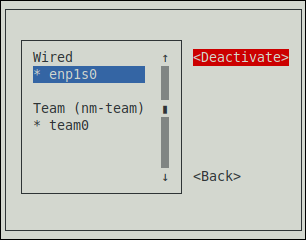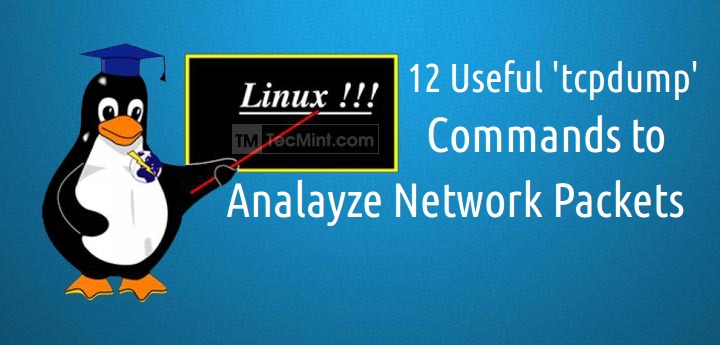

- REDHAT INSTALL TCPDUMP UPGRADE
- REDHAT INSTALL TCPDUMP ISO
- REDHAT INSTALL TCPDUMP DOWNLOAD
- REDHAT INSTALL TCPDUMP WINDOWS

Managed by the Machine Config Operator (`clusteroperator/machine-config`). Part of OpenShift 4.3, RHCOS is a Kubernetes native operating system Red Hat Enterprise Linux CoreOS 01142154.0 Warning: Permanently added '192.168.122.220' (ECDSA) to the list of known hosts. The authenticity of host '192.168.122.220 (192.168.122.220)' can't be established.ĮCDSA key fingerprint is SHA256:CU+uXXXXXXXXXXXN+ILbtdNNuc.Īre you sure you want to continue connecting (yes/no/)? yes
REDHAT INSTALL TCPDUMP ISO

Reboot after RHCOS installation completed # -b option: Location of "rhcos installation image" fileģ. # -i option: Location of "ignition.json" file # -d option: VM disk name without "/dev/" "/usr/libexec/coreos-installer -d vda -i -b " RHCOS Installation using "/usr/libexec/coreos-installer" NIC: Model Type - virtio, qemu] # cat RHCOS-4.3.xmlĢ. ODD: SATA CDROM (Boot Image: rhcos-4.3.0-x86_64-installer.is)

REDHAT INSTALL TCPDUMP DOWNLOAD
REDHAT INSTALL TCPDUMP UPGRADE
While using the Live CD you can easily upgrade to the latest Scapy version by using the above installation methods.RHCOS(Red Hat Enterprise Linux CoreOS) Debugging quick start with toolbox RHCOS(Red Hat Enterprise Linux CoreOS) Debugging quick start with toolbox
REDHAT INSTALL TCPDUMP WINDOWS
If really nothing seems to work, consider skipping the Windows version and using Scapy from a Linux Live CD – either in a virtual machine on your Windows host or by booting from CDROM: An older version of Scapy is already included in grml and BackTrack for example. If you have set the PATH correctly, this will find a little batch file in your C:\Python27\Scripts directory and instruct the Python interpreter to load Scapy. You might want to make sure that this is ticked when installing).Īfter all packages are installed, open a command prompt (cmd.exe) and run Scapy by typing scapy. (In the case of Npcap, Scapy will work with 802.11 option enabled. Choosing the default installation options should be safe. Just download the files and run the setup program. Unzip the archive, open a command prompt in that directory and run python setup.py install. Scapy: latest development version from the Git repository. Depending on your Python version, the defaults would be C:\Python27 and C:\Python27\Scripts respectively. After installation, add the Python installation directory and its Scripts subdirectory to your PATH.


 0 kommentar(er)
0 kommentar(er)
